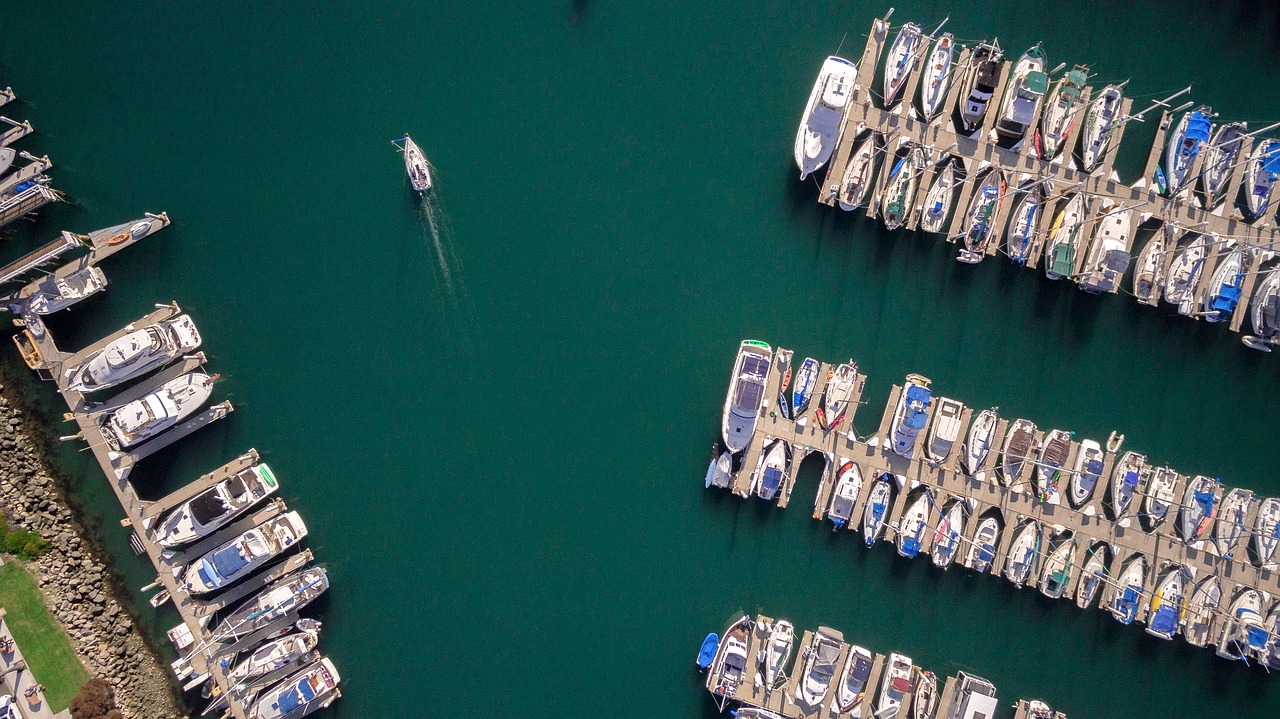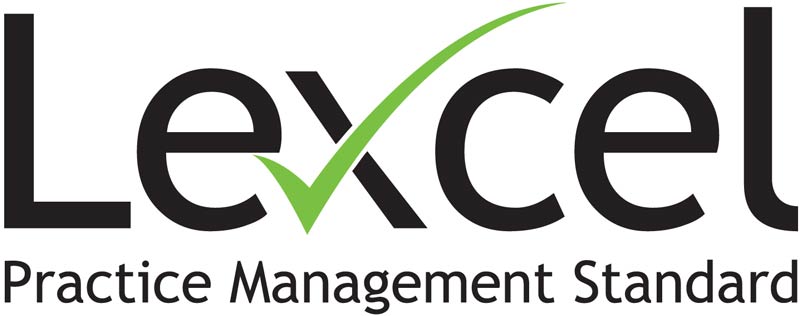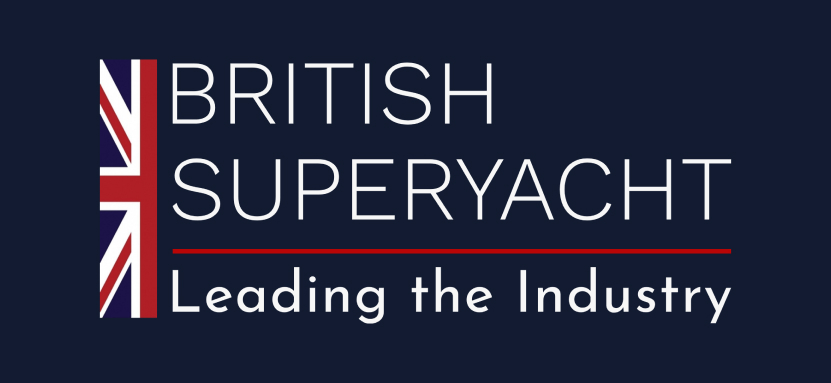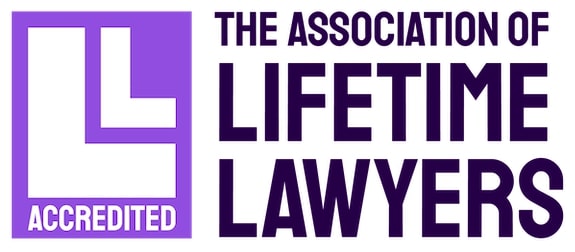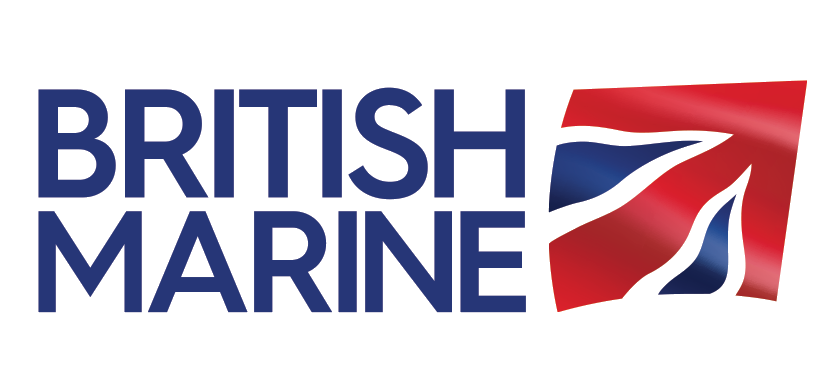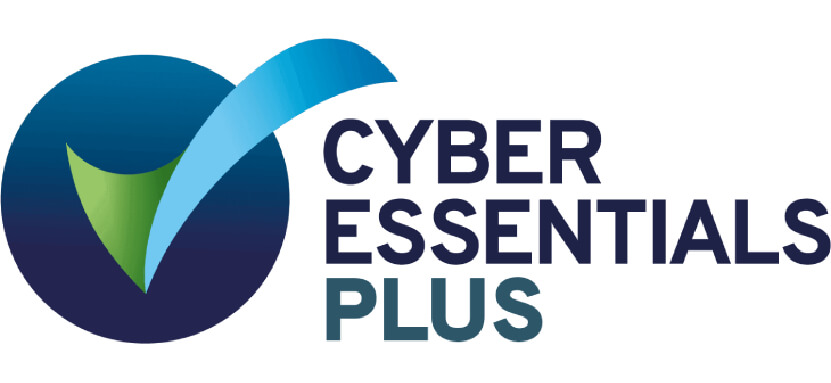When drafting yacht design agreements between owners and designers, it’s important to focus on the design requirements, and ensure all parties understand their rights, obligations, and liabilities. At Scott Bailey LLP, our Marine Law team, led by Partner Ben Ironmonger, specialises in crafting comprehensive and clear legal agreements that protect your interests throughout the process.
Key parts of yacht design agreements
Payment terms: Not normally the first clause of a design agreement, but it is so important for all parties to be on the same page in terms of how and when payment is made. For projects expected to run for months and years, it is vital for design studios to incorporate clear, unambiguous payment terms into their design agreements.
Design specifications: Clearly define the type of yacht design and its main features to prevent misunderstandings or disputes. Begin with a concept design that includes the general layout, exterior and interior views of each area. This foundational step ensures both parties have a shared understanding of the yacht’s overall design and aesthetic.
Approval process: After the owner approves the concept design, the designer can move on to the basic design. This phase involves creating detailed plans, drawings, renderings, models, and specifications that enable the builder to produce shop drawings. It’s common practice to attach an annex to the agreement with a detailed list of requested drawings and designs, including descriptions and timelines. This structured approach helps manage expectations and provides a clear roadmap for the project’s progression.
Owner’s input: The owner should provide clear ideas and expectations for the yacht to ensure the designer can meet their requirements. Including a brief prepared by the owner with necessary input on yacht dimensions, volumes, areas, appearance, and use can facilitate this process. Effective communication between the owner and designer is crucial to ensure the final design aligns with the owner’s vision and functional needs.
Intellectual property rights: The design agreement should specify that all intellectual property rights related to the design remain with the designer (at least if we’re drafting the document acting for the designer!). Upon full payment of the design fee, the designer generally grants the owner a royalty-free, irrevocable, worldwide, and assignable licence to use the design for yacht construction at any chosen shipyard. This clause protects the designer’s creative work while providing the owner with the necessary rights to build the yacht. Whether or not the owner gets to have an exclusive licence may be up for negotiation, of course, and will depend on the commercial strength of the parties.
Non-disclosure agreements and confidentiality: Confidentiality is likely to be important to both parties, for varying reasons. The designer will generally authorise the owner to supply design deliverables (drawings, calculations, and specifications, etc.) to builders for quotations and proposals, but it should only do so if the owner signs a non-disclosure agreement with each builder to protect the designer’s intellectual property rights. This ensures that the designer’s proprietary information is safeguarded during the tendering process and means the owner’s dream vessel stays under wraps until further down the line!
Designer’s liability: It is vital for all parties to be clear on who is responsible for what. Generally, designers will have insurance, but is it sufficient? Contractual limitations of liability are the first line of defence should issues or breaches of contract arise. For owners, they will want to be sure they have sufficient recourse if a designer does not uphold their side of the deal and fails to deliver on time or delivers defective work.
Additional considerations
Timeline and milestones: Clearly define the timeline for each phase of the design process, including key milestones and deadlines. This helps in tracking progress and ensures that the project stays on schedule.
Dispute resolution: Given the international elements to so many of these agreements, we include dispute resolution clauses to address any disagreements that may arise during the project, in what should be a more cost-effective way than resorting to court proceedings. This can involve mediation or arbitration, providing a structured approach to resolving conflicts without resorting to litigation—at least straight away.
Why choose Scott Bailey’s marine law team?
Our team brings extensive experience and expertise in preparing contracts of all shapes and sizes, with specific industry knowledge gained from years of acting for designers and naval architects. We help ensure your yacht design agreements are meticulously drafted and your interests are safeguarded. We understand the unique challenges and complexities involved in yacht design projects and are committed to providing tailored legal solutions that meet your specific needs.
At Scott Bailey, we pride ourselves on our down-to-earth, commercial approach to deals, but not at the expense of our attention to detail and our proactive approach to legal issues. Our goal is to ensure that your yacht design project proceeds smoothly, with the key legal aspects thoroughly addressed and managed. Trust Scott Bailey to navigate the complexities of yacht design agreements with precision and care.
If you are ready to engage our experienced commercial solicitors to review or draft a yacht design agreement, or your yacht design terms and conditions of business, do get in touch for a no obligation chat, and a fixed fee quote.

